Indistylemen
The Hip Flask Guide
- Get link
- X
- Other Apps
Soldiers, explorers and even a pope (Pius XII) carried a hip flask – the latter “for medical reasons”. It’s a traditional men’s accessory, but it definitely has its DOs and DON’Ts. The Gentleman’s Gazette prepared this little guide to help you handle this classic accessory with care.
Hip flasks, also known simply as a flask, is a container specifically designed to hold a portion of hard liquor that is carried in a pocket. O.O. McIntyre, a Washington Herald columnist, wrote in 1920:
And then the party started/And there were ten flasks
Removed from the hip/In that many seconds
And the way they drank it/One would get the idea
That this was a free country
While it may be a symbol of freedom, the flask most certainly has a time and a place. We will explore the history of the flask, buying and caring for a flask, and flask etiquette.
History of the Hip Flask
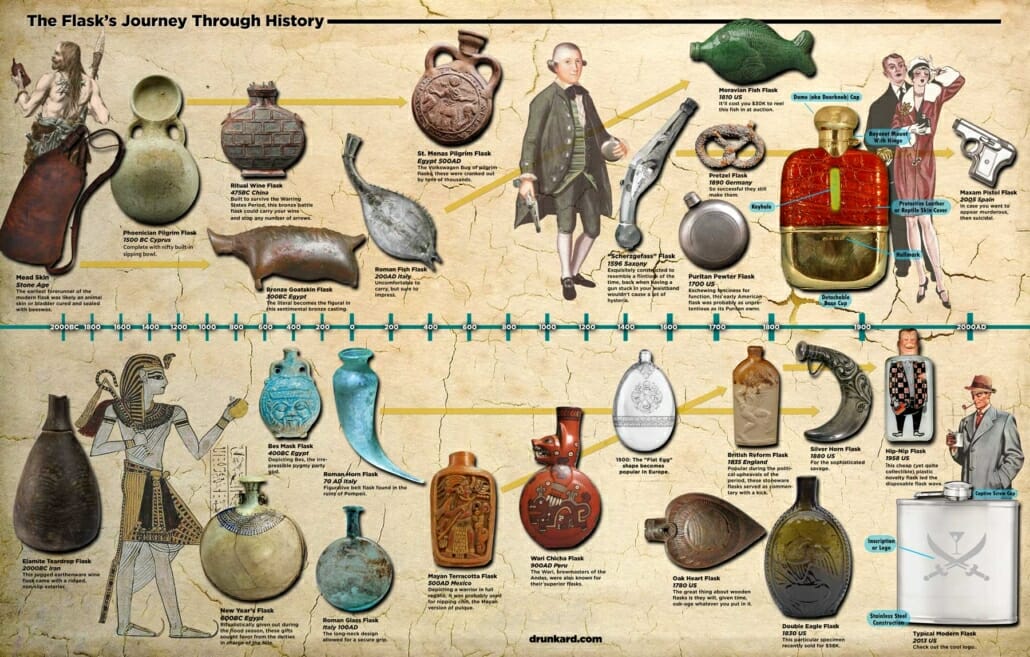
The History of the Flask, courtesy of drunkard.com
This excellent infographic from drunkard.com shows how the flask evolved from a rudimentary animal bladder in the Stone Age to sleek stainless steel vessel it is today. Over time, the flask or canteen has evolved from being a personal carrier of liquids to being almost exclusively for the transport and consumption of hard alcohol.
Through history, there have been some important developments in the transportation of liquids. Before the modern era, alcohol was useful for its preservation and sterilization properties when clean drinking water was hard to find. Drinking alcoholic beverages, such as beer and wine fermented from local crops, was first foremost a practical health measure. One needed to carry trustworthy liquids with them and as a result, nearly every culture developed their own form of a flask.
Some say it all started with the hunter-gatherers of the Kalahari, in Southern Africa, 60,000 years ago: they used ostrich eggshells as canteens. Earthenware containers evolved around 2000 BC and were eventually replaced with more modern materials such as glass and metal. From approximately 500AD to the Middle Ages, Pilgrim flasks were created by the thousands for Christian pilgrims to take home water or oil from a sacred place.
The modern flask – a sleek beverage bottle – may have started with the advent of the pocket watch. The notion of carrying something in an easy and practical way developed in the 18th century in England, but followed different ways: the landed gentry adopted the pocket watch and the workers started carrying the hip flask.
It’s not exactly known when, but it was approximately at this juncture when the flask was beginning to take the modern shape with a rounded rectangular body that was curved to match the contours of the body. This shape makes it less visible in the pocket than a square-edged shape.
Prohibition and the Flask in America
Prohibition radically changed drinking in America, and as you can imagine, if you wanted a drink it was best to conceal it.
Around this time, the watch and the hip flask traded places: the wristwatch became commonplace (it surpassed the pocket watch in the 1930s) and the hip flask found its way in the urban gentleman’s collection of accessories around 1920 when it gained its name.
The word “hipster” was used to identify people that carried hip flasks during Prohibition. Also, if you carried a flask, you were dubbed a vial villain, a gentleman from Kentucky or my favorite, suffering from hip disease.
They were also carried by ladies tucked in garters or by men in boots – thus the word “bootlegging”.
Some states, such as Indiana, banned the sale of hip flasks and cocktail shakers. This was probably due to the fact that more flasks were sold in the first six months of Prohibition than during the entire previous decade…
Post-Prohibition
In the mid-20th century, the most prominent users of flasks were soldiers, who carried canteens out of necessity. During World War II, they were called pocket pistols, along with other slang terms; on the other hand, RAF pilots referred to their service revolvers as hip flasks.
Today
Today, in a world in which every imaginable specialized beverage container is available, the flask is used primarily to carry one’s private supply of hard alcohol. It’s commonly given as a groomsman’s gift.
Hip Flask or Coat Flask?
It is so called because it may be placed in a hip pocket of trousers or inside a coat or blazer. The latter is the best because it will not warm the alcohol, while the hip pocket will.
Carrying it in the trouser pocket makes it more prone to breaking, bending, or appearing obvious.
Its shape – thin and curved, similar to a kidney – made them easy to conceal.
A Great Gift
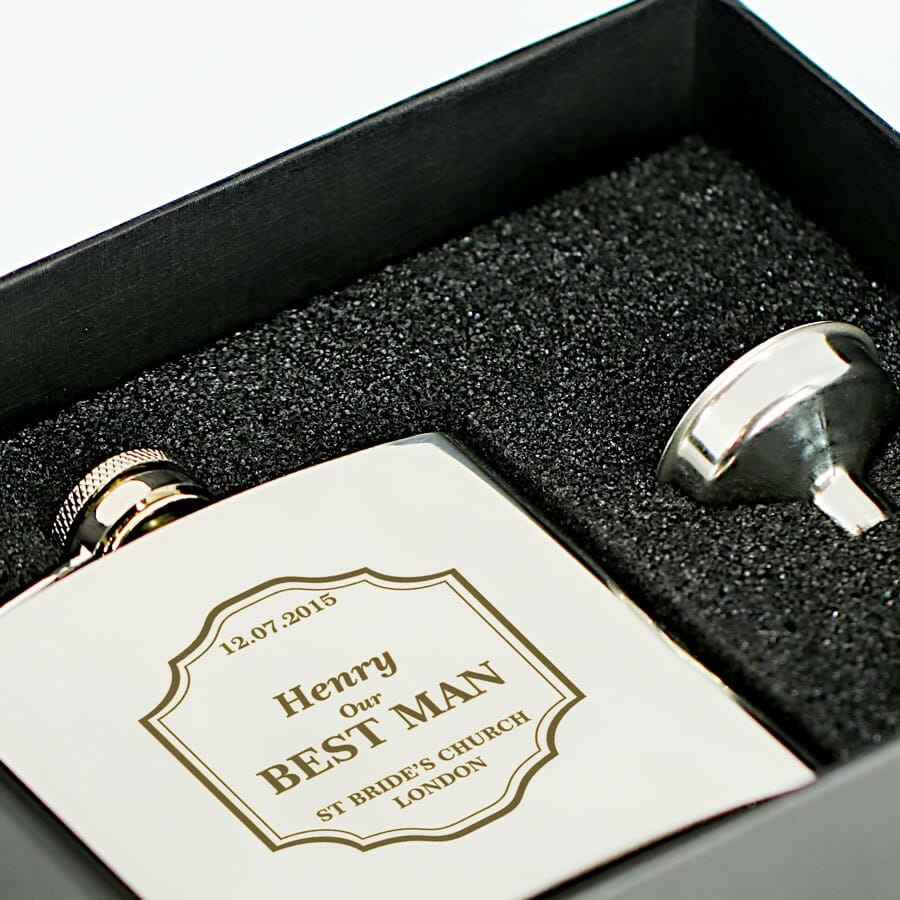
A hip flask as a gift for a best man
Another similarity between watches and flasks lies in the possibility of engraving both with initials, coats of arms or crests, toasts, mementos, etc. As such, it makes an interesting gift for a best man or groomsmen, for instance.
Hip Flask Materials
They have been produced in a variety of materials, but mostly in pewter, glass, silver and stainless steel. The first material used for hip flasks was glass, with its neutral effect on flavors or aromas as an upside, but with its fragility and weight as a downside.
Then came pewter – a metal alloy made from tin and a mixture of copper, antimony, bismuth, silver, and lead, which now is forbidden in drinkware. Pewter started as a kitchenware material in the Bronze Age. It is a beautiful material to be worked with, but one that may alter negatively the flavors of the spirit, unless it has a neutral lining. It is softer than most materials but may gain a nice patina from usage.
Silver was also used, and now these hip flasks are a prized collector’s item. Some have a detachable bottom part that serves as a drinking cup – very handy in situations where drinking straight from the flask is not advisable.
But stainless steel, with a good combination of hygiene, price, and resistance to deformation, is the material of choice for hip flasks. Many come with a captive top, a small arm (also called a bayonet cap) attached to the top cap to prevent it from getting lost. Some are partially or fully covered with leather or a material resembling it, which may or not be removed for cleaning.
Talking about it, you may – actually, you should – clean your flask externally and internally with dishwashing liquid, but not with soap: it leaves residues that will alter the liquor. Rinse it well and let it air dry.
Some flasks come with a small funnel of the same material to help to fill the flask up without spilling the precious spirit. They may also be purchased separately and I strongly recommend you to have one.
Sizes
As to size, you may find a shot-sized flask up to a massive one that may hold 1,89 liters. However, the standard is 8 oz, which is just over 5 shots of hard alcohol.
Fill Your Flask
What should you put in it? The experts are unanimous: hard liquor only, which means 80 proof and above. Whiskey, bourbon, rum, gin, brandy (Cognac, Armagnac) are fine. Lower alcohol beverages such as beer or wine don’t keep well in a flask, nor do cocktails, cream liqueurs, or citrus-based liquids. They will deteriorate or mix badly with the flask material, and some may even damage it. Flavored alcohol will not stay fresh, either. Port wine is a possible exception to the 80-proof rule, especially if you plan to smoke a cigar with it.
By the way, the best companion for a hip flask is – for those who enjoy a smoke – a cigar case. A good sip without a cigar will be a half pleasure, something to be avoided, especially in a nice and relaxing place such as the hill you have just conquered after a difficult path, looking at a great and sunny landscape. Just be sure to carry stogies (plural, if you are with friends) that are compatible in strength and flavor with the spirit in the flask.
Storage
How long may you keep the spirit in a flask? You should not leave it for longer than a week, as an upper limit; ideally, you should carry your day’s quota and drink it on the same day. Some say that anything over three days will make the beverage acquire a metallic taste from the flask. If you do not plan to drink the flask content promptly, transfer it to a glass container. Also, put the flask with alcohol in a cool and dark place; this may slow the development of the metallic taste.
Flask Etiquette
The truth of flask etiquette is that there are very few scenarios in which it is appropriate to carry and drink from a flask. Just consider how flasks are depicted on TV: they are almost always used by a character who is reliably inappropriate, often drunk, or disrespectful of social norms. There simply aren’t many social situations in which bringing your own supply of liquor is encouraged or acceptable. Furthermore, the “need” to bring a flask implies that the scenario is one in which you shouldn’t be drinking.
Our advice is to choose carefully when you carry and drink from a flask.
Here are a few flask Dos and DON’Ts:
- DO be aware that though Prohibition is long gone, many states have open container laws that prohibit bottles, cans, and flasks with a broken seal or that have been previously opened from being carried in public (aside from a car trunk). Check your local laws.
- DON’T attempt take a filled flask on an airplane, as they won’t let in outside alcohol nor will it pass the TSA
- DO carry it to a wedding party, a friend’s house or other private places where you know you will not find your favorite spirit
- DON’T carry a flask purely with the intent to get drunk; that’s not gentlemanly anywhere
- DON’T take a flask into bars or restaurants as a way to save on the drinks that should be bought there, even if it is your best 20-y.o. single malt. It is rude and cheap, two things unbecoming of a gentleman.
- DO remember to offer your friends a sip from your flask once it’s open
- DON’T take a flask to situations where you would not drink out of respect –a religious service, funeral, a government building, etc.
- DO be prepared to experience some judgment from the people around you
- DON’T carry more liquor than you can consume without embarrassing yourself
- DO plan a safe ride home
- DON’T make carrying a flask become your personal hallmark; carry it sparingly
Conclusion
One of the all-time favorite gent’s accessories, the popularity of the hip flask shows no sign of abating. You will find a great number of options on some websites, such as in this great article by The Independent, here, or at Amazon.com. What about you? Which hip flask style suits you best?
from Gentleman's Gazette https://ift.tt/2MxIiAt
- Get link
- X
- Other Apps


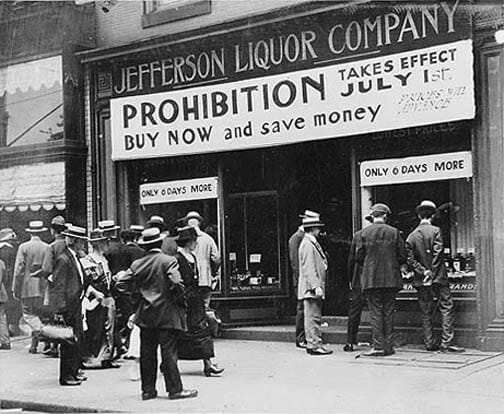
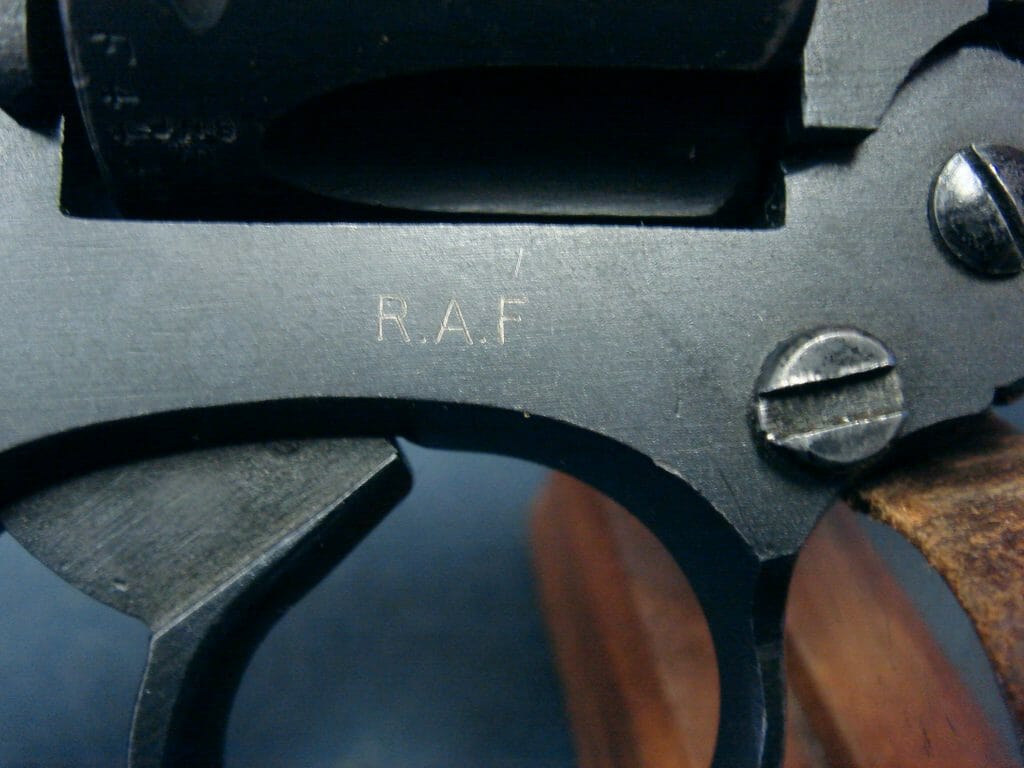



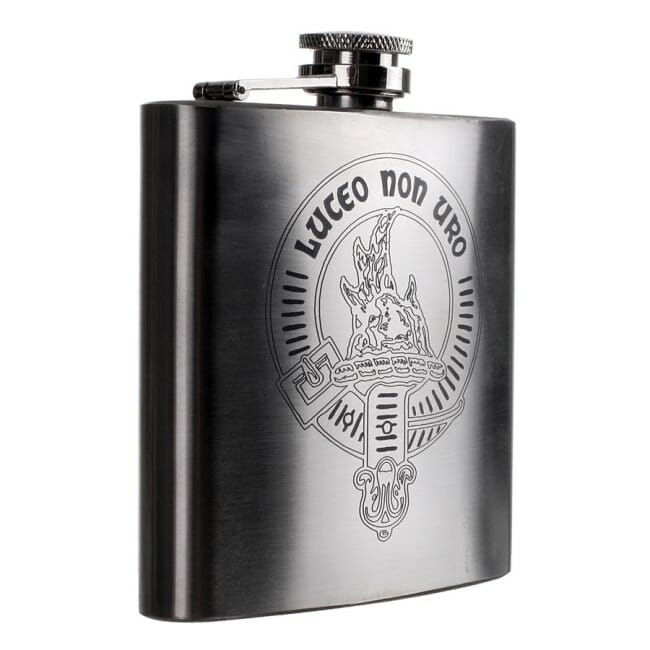
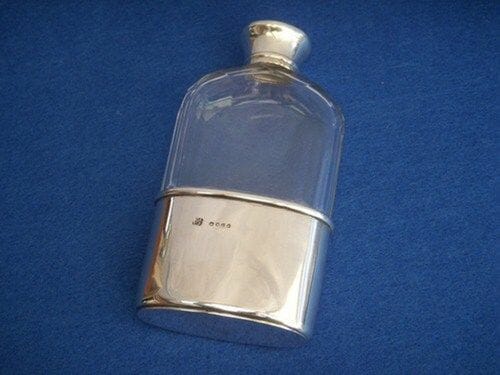
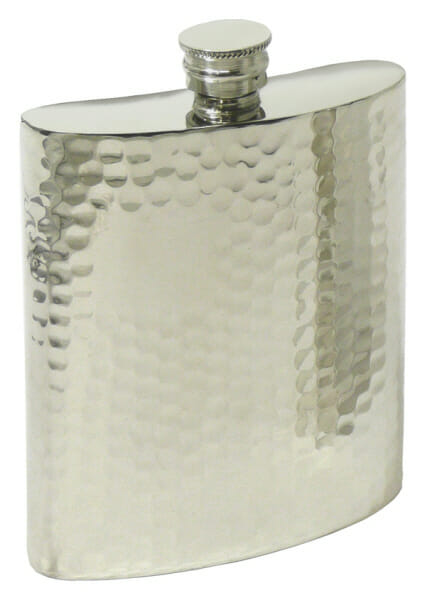
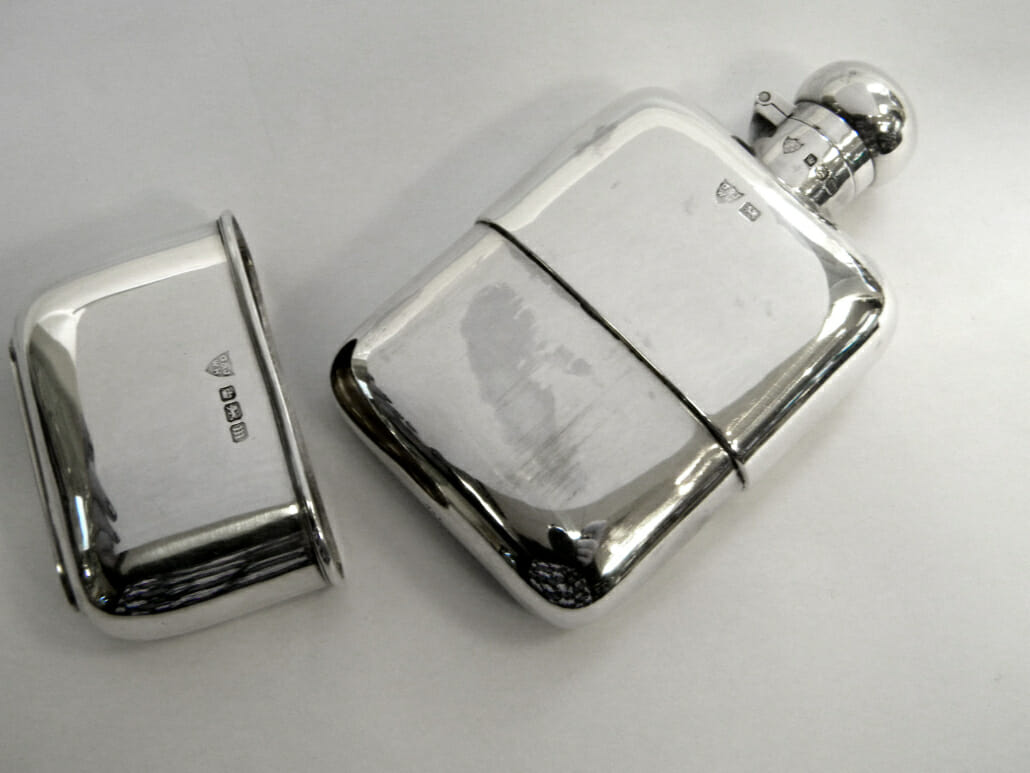


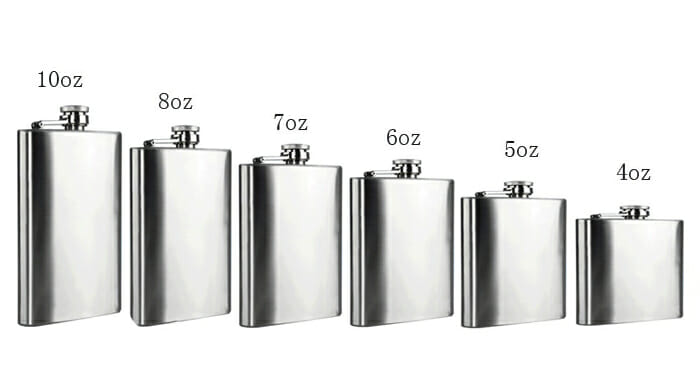


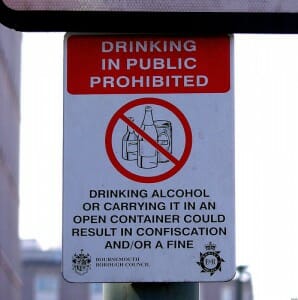
Comments
Post a Comment
thanks for your feedback